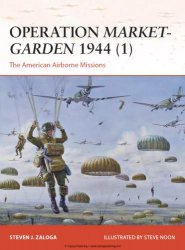The chorus very often chanted and marched in unison as it entered the stage at or near the start of the drama (this was known as a parodos, or entrance-song), and as it departed at the end (the exodos), though in both cases their delivery may have been fully sung; there were usually at least three or four major choral dance-songs (known as stasima) that interwove the episodes throughout the drama and gave the form its distinctive pattern. The chorus could also engage in sung exchange with actors, known as kommos. This term means ‘‘dirge’’ (and is close to the other common term for lament in tragedy, threnos), which is the activity usually, though not always, involved in such tragic sung exchange: the mighty kommos of Aeschylus’ Libation Bearers 306-478 is the finest example and is effectively the dramatic, emotional, ritual, and musical core of the play. On the other hand, actors could sing solo songs, and less often duets, from the stage: for instance, the blinded Polymestor sings in Euripides’ Hecuba (1056-1108), and Polyxena and Hecuba sing to each other in the same play (177-215). And there is the unforgettable, shocking song (where we might have expected a messenger speech) by the Phrygian eunuch slave in Euripides’ Orestes (1369-1502). Actors could also be required to deliver lines (usually in anapestic meter) in a kind of recitative: in fact, there may have been a number of different modes of delivery for actors between full song and plain speech (see Hall 1999a, esp. 106-7). The sound of such semi-sung anapests is often a marker of movement, physical and emotional, as with the frenzied entry and exit of Io in Aeschylus’ Prometheus Bound (561-65, 877-86). And we should remember that by ‘‘plain speech’’ is meant the lines in the iambic trimeter which, though a spoken meter close to the cadences of ordinary speech (Aristotle, Rhetoric 1404a31-35), was much more highly rhythmical and ordered than plain speech. There was, finally, limited use of purely instrumental interludes - perhaps nothing more than brief flourishes between the stanzas of choral odes (known as mesaulia or diaulia-. Psellus [?], On Tragedy 9, Perusino 1993).
|
|
||||||||
|
Www.WorldHistory.Biz
Sundries
 Contact Contact
|
 
2-10-2015, 08:29
The Place of Music in Tragedy
  |
|||||||
 |
 |
 |
 |
|||||
|
||||||||

 World History
World History





